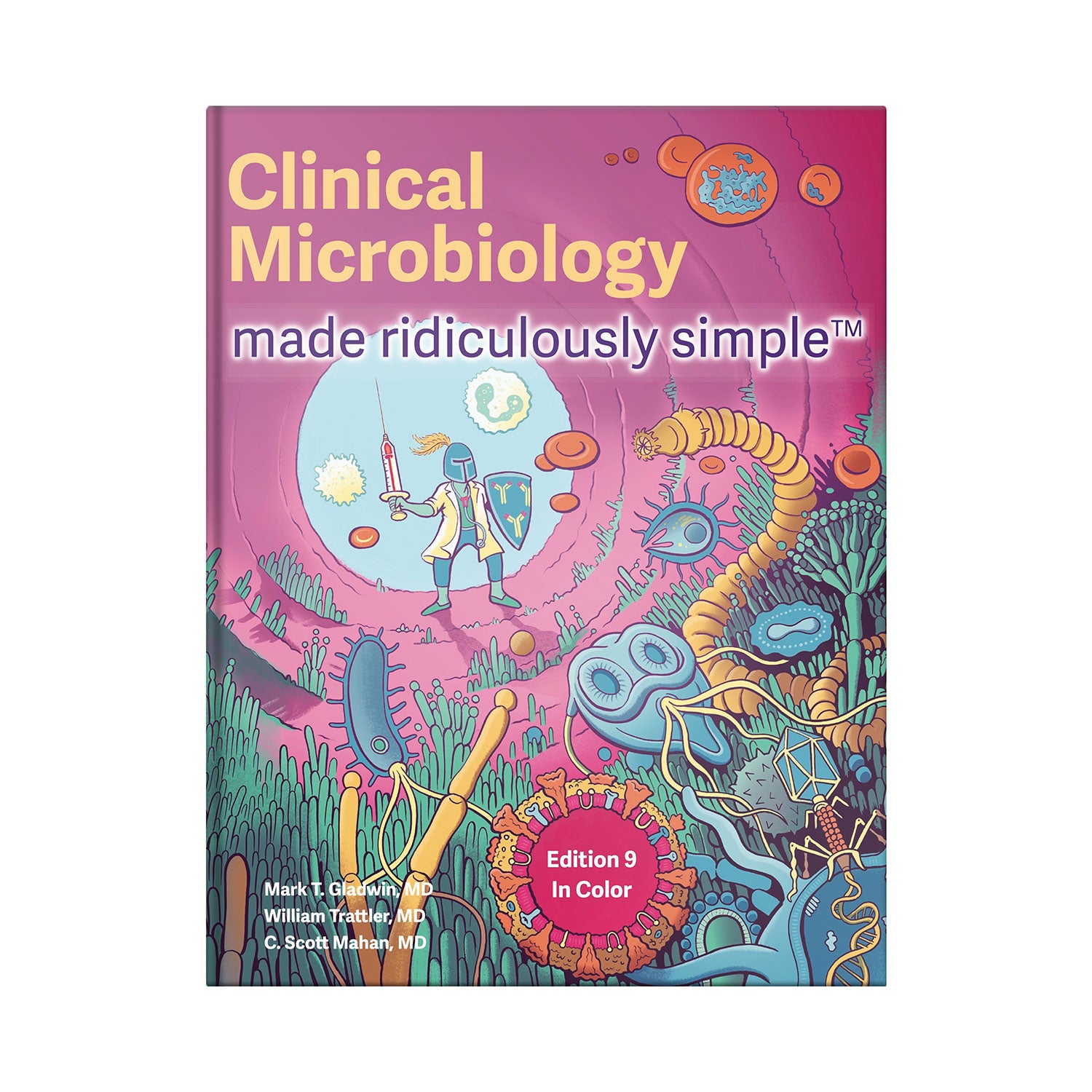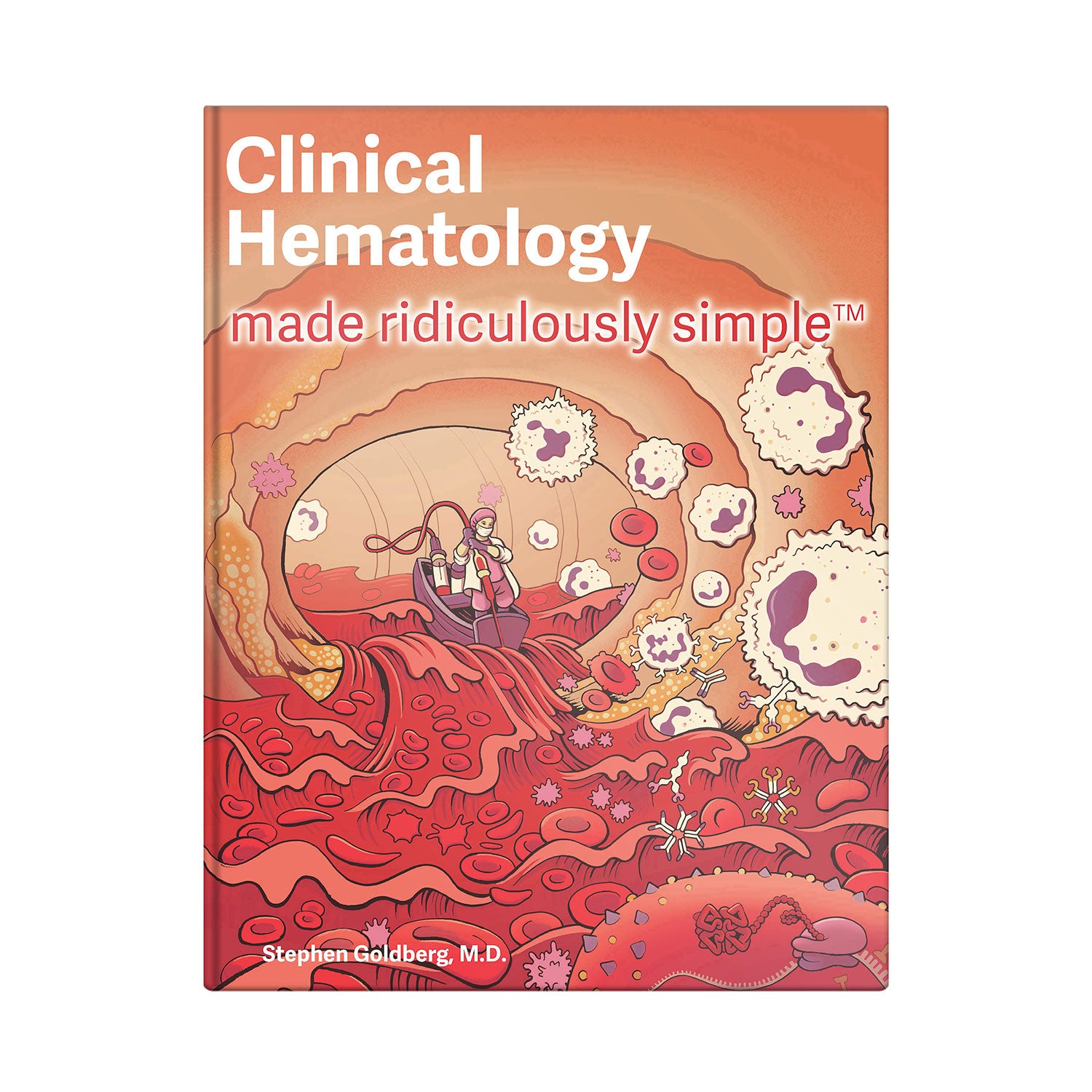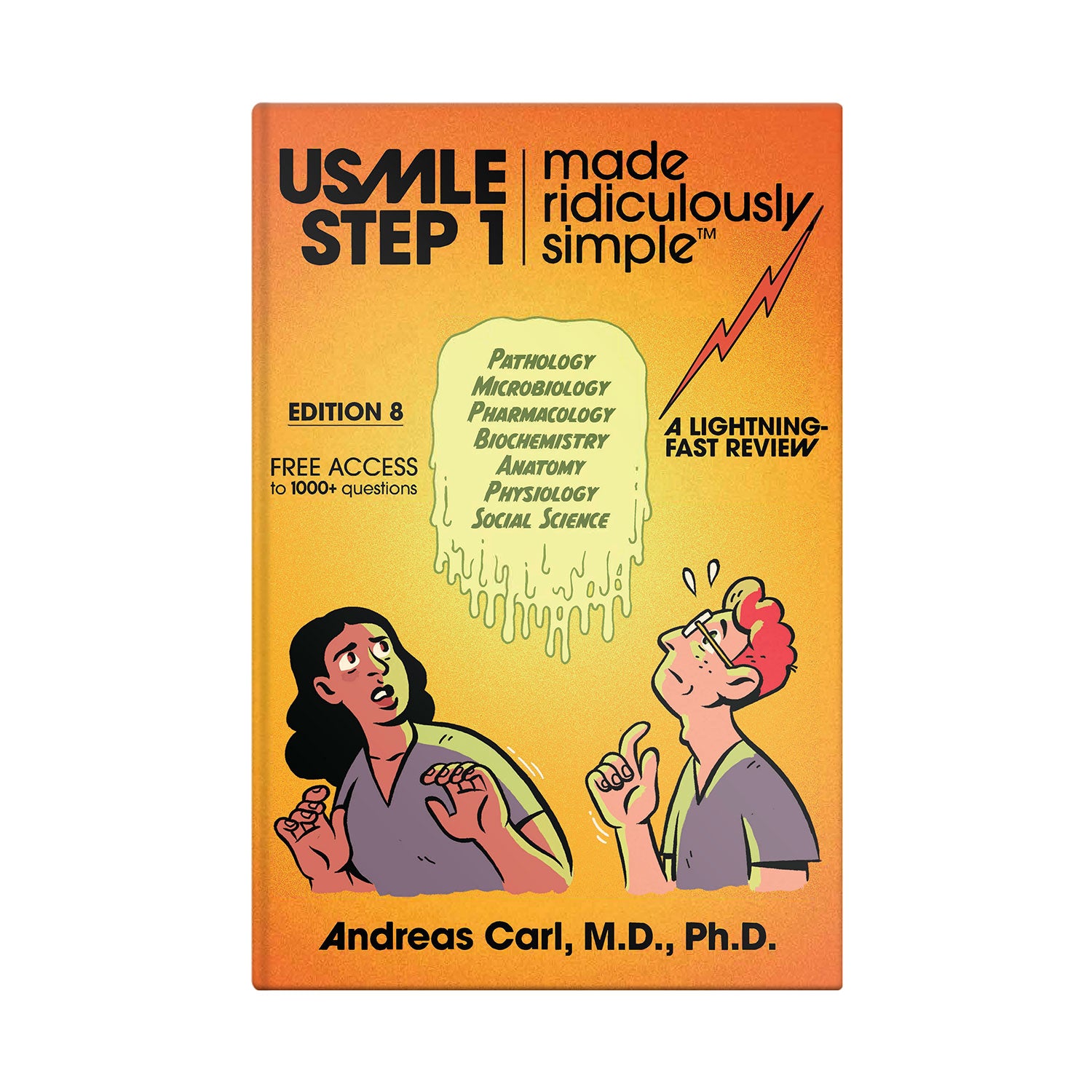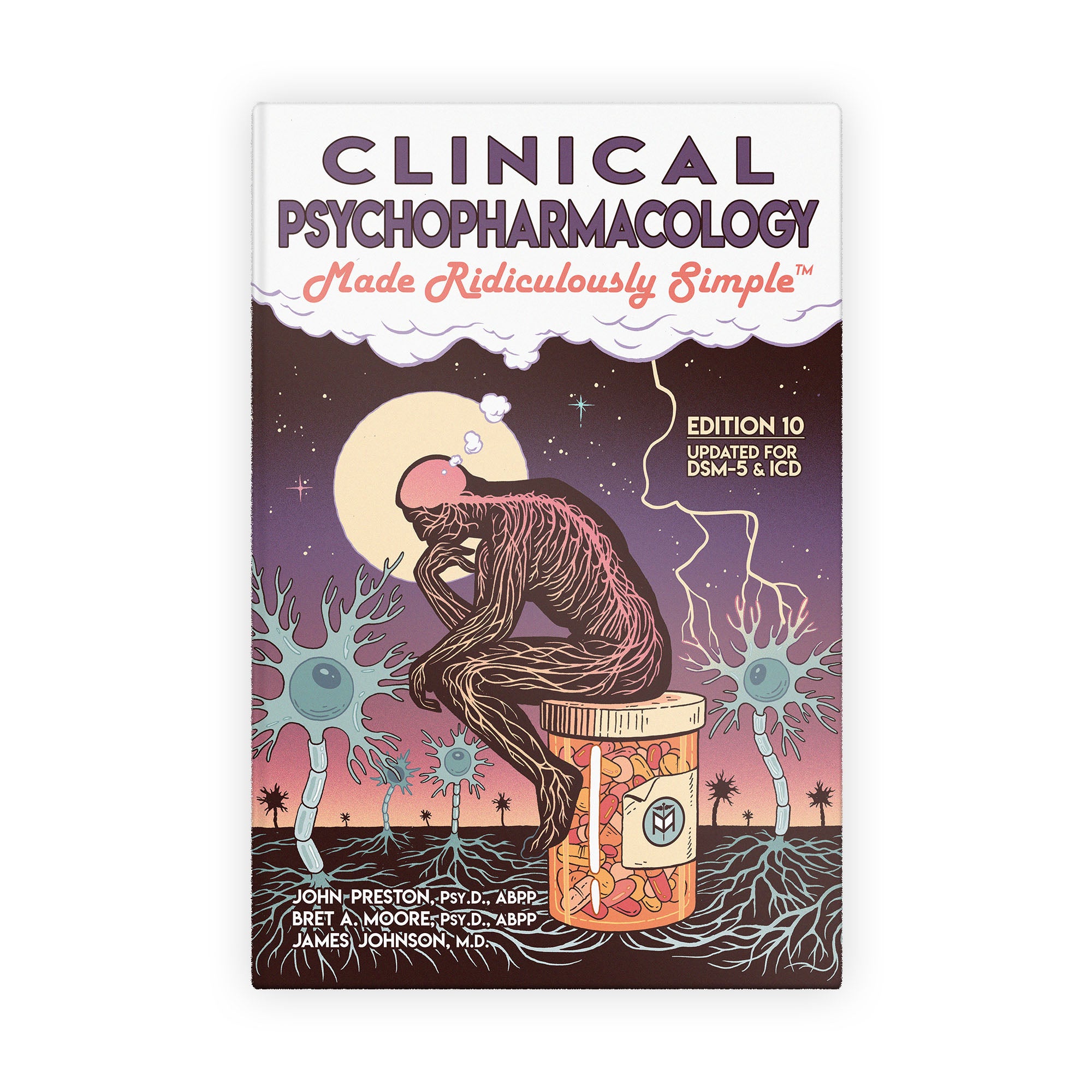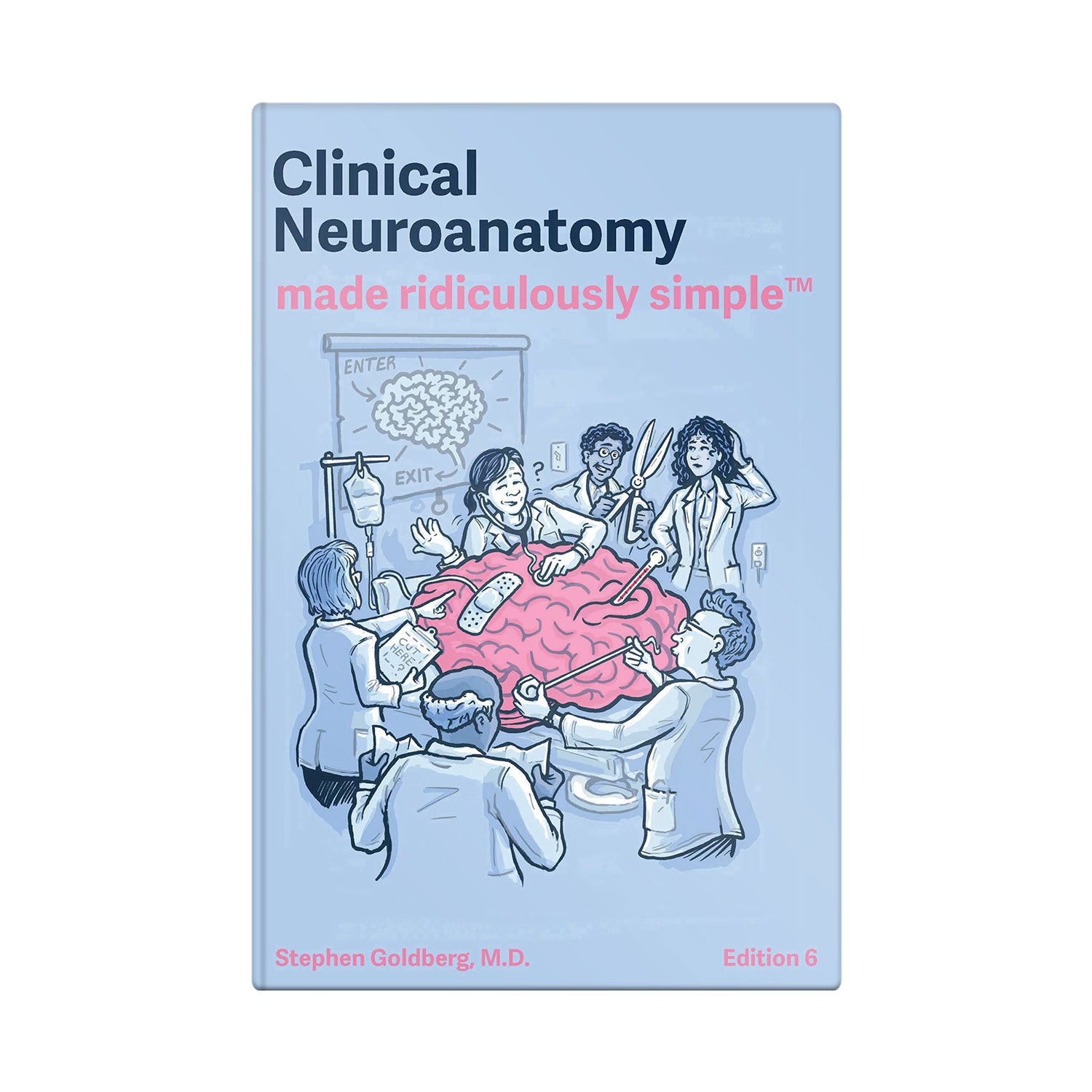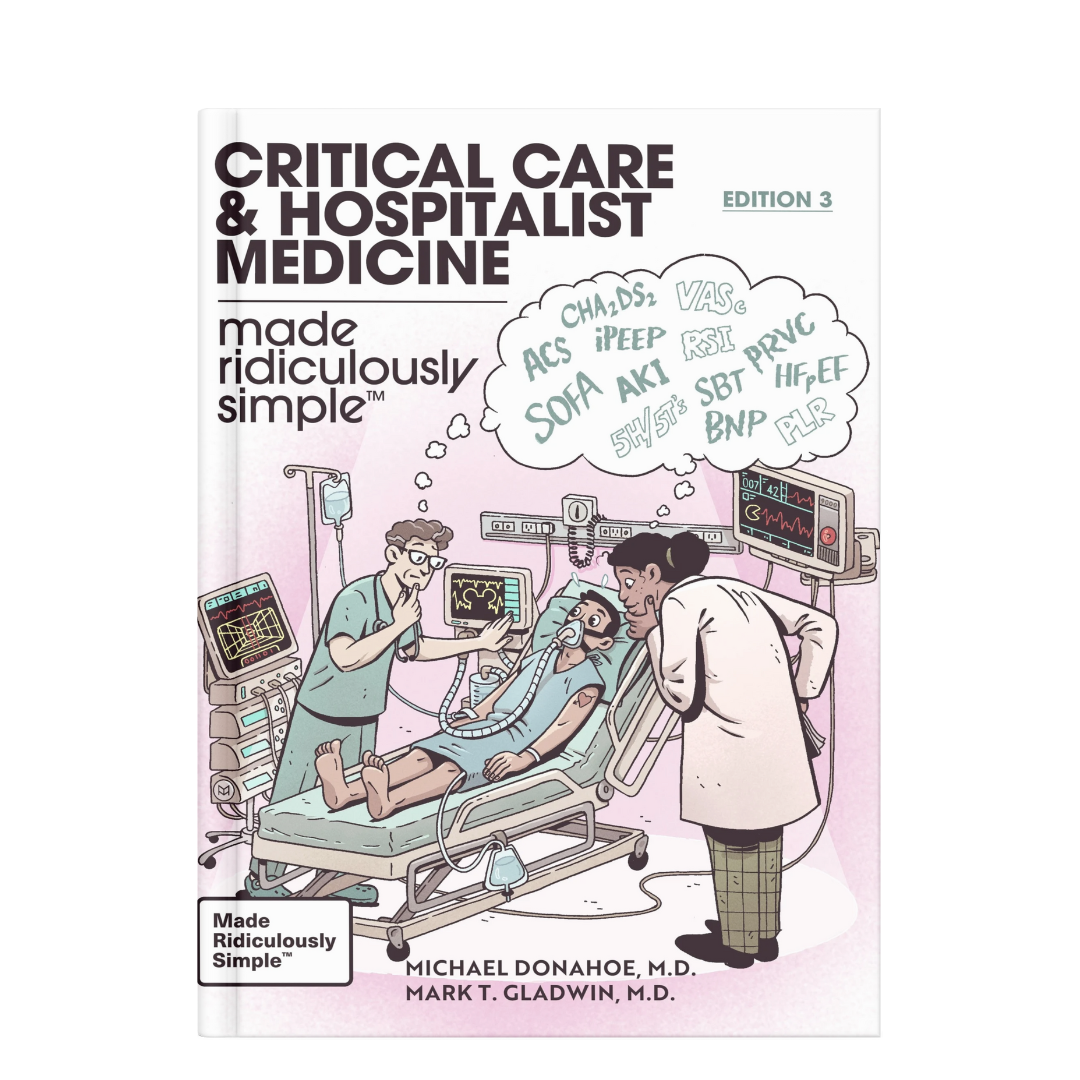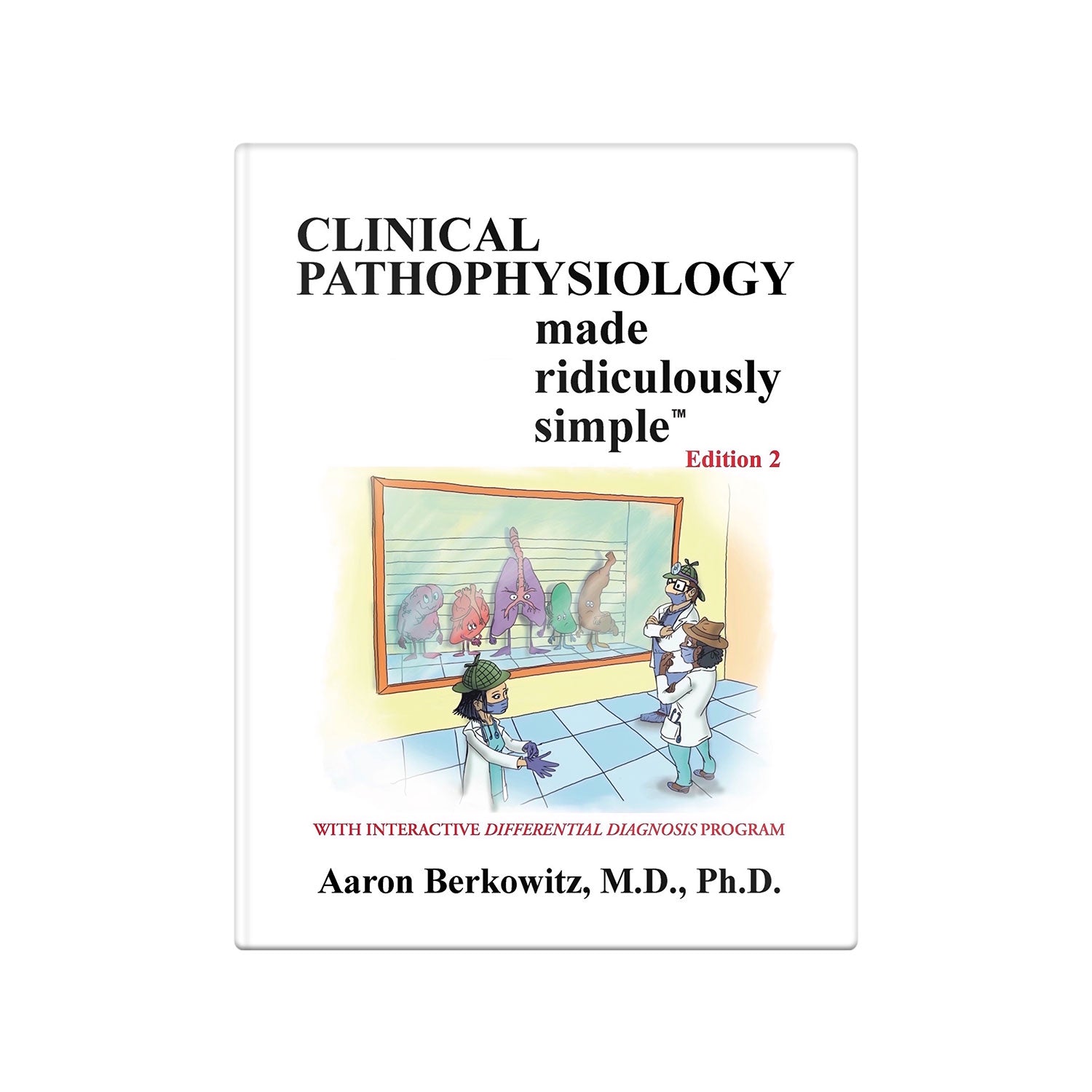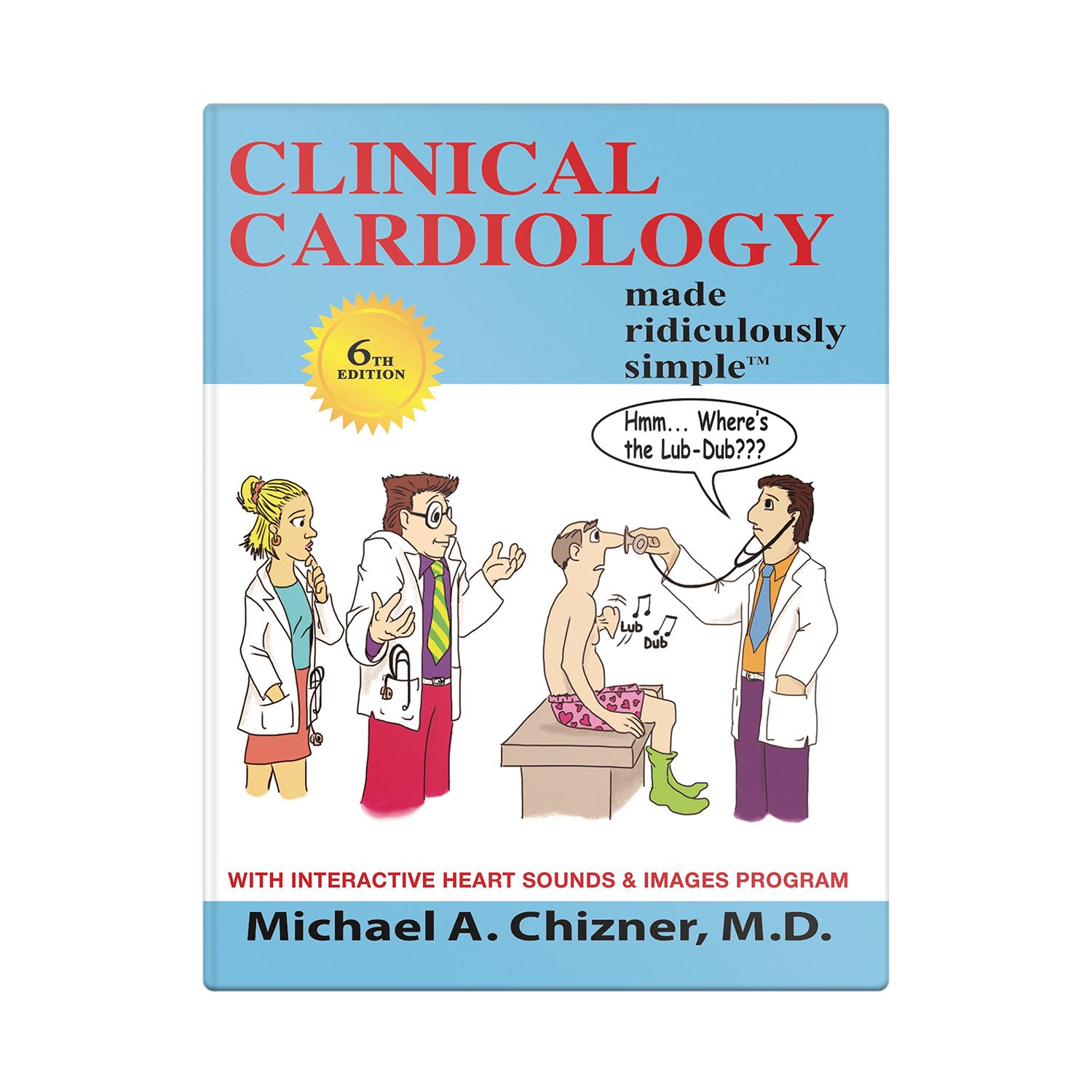
Memory Techniques for Med School #4 (Substitute Words and Pictures)
The fine art of pathological diagnosis
Substitute Words and Pictures
One of the hurdles of medical school is learning a new vocabulary and new images, such as those in anatomy. Try to distort the difficult word or picture into something familiar. For instance, to remember the anatomy of a typical vertebra, you might visualize it as a snowman petting a moose. The moose (rib), snowman’s head (spinous process), arms (transverse process) breasts (superior articular processes), and pockets and petting site (facets) are part of the vertebral/rib anatomy and are easier to remember when changed into something you already know and can easily visualize. You don’t have to learn what a snowman is. You already know that. You can use what you already know to pose or distort it in a ridiculous manner that helps you remember an important anatomical structure.

Of course, before setting out to remember a picture, it helps to ask whether it is worth remembering the picture to begin with. Someone once presented a distorted picture of the penicillin molecule as a way to remember its structure. But is the structure worth learning? That is something that might be easier to just look up rather than remembering.
Apart from pictures, distorting difficult vocabulary words helps memory. For instance, back in medical school one of my classmates casually remarked that he remembered the function of the pudendal nerve as “poor dendal.” The pudendal nerve innervates the genitalia, and poor dendal’s pudendal nerve was severed and could no longer function as he wished.
The next blog post will discuss ditties as a memory aid.
The Goldberg Files
The Goldberg Files is based on the struggles of Dr. Goldberg as well as those of his many students which he observed while teaching medical school for 25 years. This extensive blog is dedicated to assisting students in dealing with the stresses of medical education. Want to learn more?

